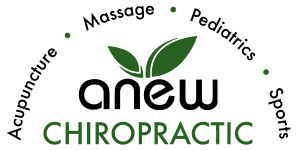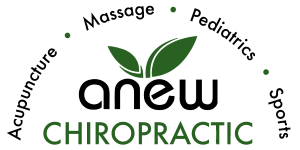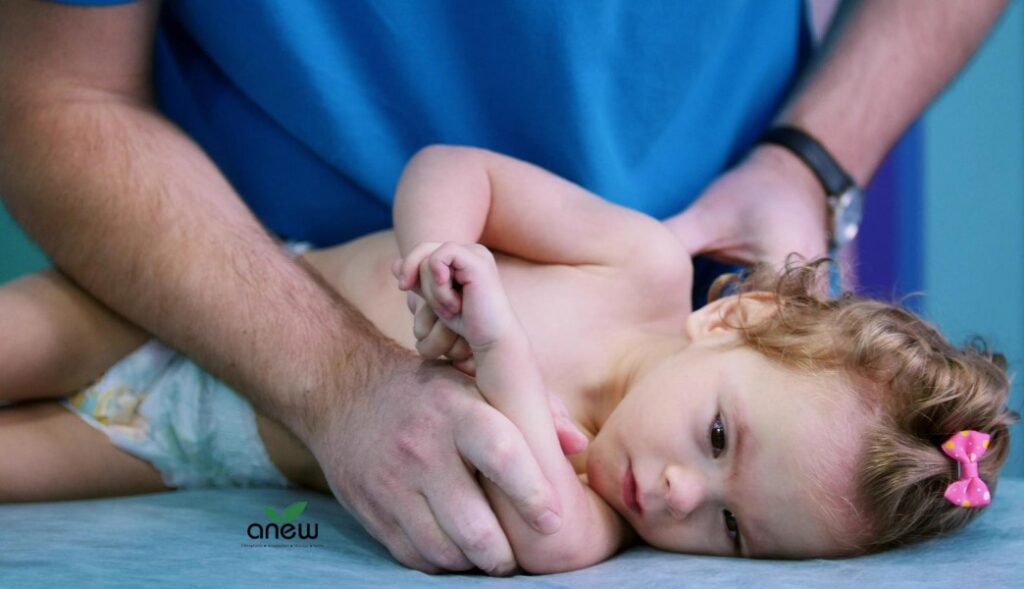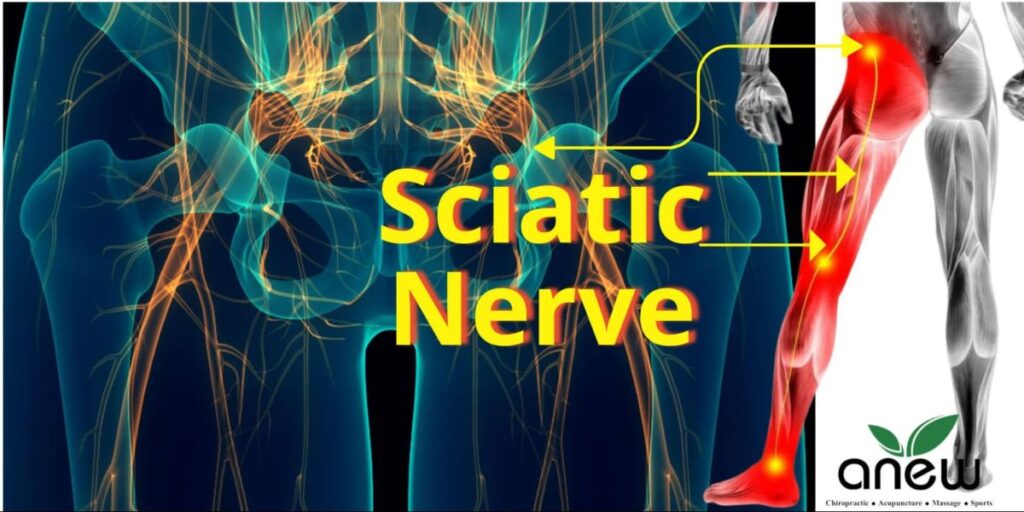Surprising source of Back Pain
Back pain relief advice: Use a smaller wallet
On a recent occasion when I cleaned out my wallet, it had gotten quite thick as of late. I was amazed at the amount of junk I had accumulated in the weeks and months beforehand, since I knew better than to have a fat wallet in my possesion.
As I started sorting through everything, I not only found my driver’s license, pictures of my family, & $127 in cash, but I also found four credit cards (because you never know when you might prefer cash back, United miles, American Airlines miles, or, well I don’t know what the other one is doing in there, but they must be important since I lug them around 365, right?
Upon further inspection, I found my work access ID, a membership card to Gold’s Gym, a gift card that my daughter had given me for 50 bucks for my birthday to a local restaurant that I love, and of course those pesky receipts that have been saved for months and they’re just adding more weight and height to my wallet. I found the Chipotle receipt for a protein style burrito and large bowl of queso and a receipt for a Red Bull and bag of Doritos especially important, not to carry in my wallet necessarily, but as a reminder to hit the gym and start eating better.
I go into all of this detail since I carry all of this in a small wallet in my front pocket. This particular wallet I purchased in Ponte Vecchio in Firenze (yes, this is the snooty way of saying “Old Bridge” in Florence, Italy, but I digress) and made of the most exquisite leather, hand made by leather artisans trained in the old world ways, and each stitch lovingly crafted to reveal a masterpiece, dare I say, worthy of DaVinci’s approval.
When I first purchased this wallet while on vacation in Italy, it was amongst my prized possessions, not because it costs so much, it was only about $31, but because of the memories it elicited of the trip to such a glorious country, and of course the feel of something in my hands that was truly a masterpiece of Italian craftsmanship. Looking back, I wish I’d have purchased about 5 replacements, as I did not know at the time that I would grow so fond of it. It’s a bit tattered now, and definitely needs replacing. Mostly because I’ve overstuffed it with so many credit cards and junk receipts over the years.I realize I could go and buy a similar wallet at a high end department store, but it just wouldn’t have the same feel, and it certainly wouldn’t be $31.
I started carrying my wallet in my front pocket because of back pain that I was experiencing in my lower back, and I just couldn’t pinpoint the source of the issue. It wasn’t like I had twisted my back doing a 180 switch on my snowboard at Wolf Creek, or picked up something heavy and felt a snap or heard a pop. It’s just that my back constantly hurt for months on end. It wasn’t a sharp pain- it was just a dull everlasting pain that stayed with me throughout the day.

Well, they say that people truly never change unless there’s enough pain or pleasure involved, and I am absolutely not an exception when it comes to change. Plus, being a man, there is a gene that we carry that only allows us to go to the doctor if there is a bone protruding from our skin, that impedes our daily routine, or if we happen to pass out (or are knocked out in a car accident or some rough football or basketball play amongst friends), from an infection, heart attack, stroke, or virus and end up at the hospital because a loved one or coworker called an ambulance. If it is a small bone with very little bleeding involved, we just rub some dirt in it and go about our day.
BUT, my back was telling me that I had enough pain, and so I decided to do something about it after my sister mentioned that I should go see a chiropractor. At first I told her all those guys are quacks, and they are not really medical doctors. I told her I can crack my own bones, and proceeded to crack my knuckles in front of her. She would not be dissuaded. She persisted by telling me that she had tremendous pain in her back caused by her first pregnancy. She mentioned that her lower back had really started to hurt her after her second trimester and someone had recommended she go see a chiropractor. She proceeded to tell me that since she wasn’t sleeping well and the weight of carrying the baby was just more than she could stand everyday, she gave in and went to see a chiropractor, despite initially having similar beliefs as mine. To her amazement, the chiropractor she went to see did a spinal adjustment on her after an initial exam, discussed some stretching exercises that she could do at home to help her decompress her back after a long day, and put her on a treatment plan to come back for follow up spinal adjustments. She says it was the best money she had spent to help her sleep better at night and have tools that she could use during the day to help her reset her aching back.
Although I was quite skeptical, I decided to schedule an appointment and go see her chiropractor, since my back was just killing me.
On the day of the appointment, already armed with a skeptical mind set, I was set aback by the calm and peaceful bedside manner, and the amount of time dedicated to understanding my lifestyle, before a physical examination even began. He asked me about my hobbies, where I worked out and how often, what type of food I ate, if I was on a diet, my type of work and how physically rigorous it was, or if I spent a lot of time behind a desk. The questions continued for a while, but what really set me back was when he asked if he could see my wallet. I said, hey Doc, I already paid my copay up front. He laughed and said no, it’s not about that. I just want to see if you have a fat wallet. I laughed and said, it’s not as fat as it used to be before three kids, braces, and select sports. I handed him my wallet and he said, well this certainly may be the culprit, or at least part of the issue.
Okay, so here is where it gets a bit technical, but bear with me. He said there is a chain reaction that occurs from a fat wallet and it goes like this…
The bulge in your back pocket makes one side of your body raise up higher than the other, causing your pelvis to be hiked up on that side. Your low back, the lumbar region will bend to the side opposite the bulge, while your mid back, or thoracic spine, curves in the opposite direction to counterbalance because your head and eyes want to stay horizontal. This double bend, or S curve that is counterbalancing the bulge in your wallet causes the associated muscles to become shortened and not active as much as if the bulge was not there. This slight shift decreases those muscles to fire and increases stress through the hip joints, while the other side of your pelvis is distorted in the exact opposite manner and the muscles are lengthened and do not fire as often. In effect, one side of the muscles in your lumbar and thorax are firing too much, while the other side is doing less work, or stabilization, and working less than it should. Over time, this trains one side of the muscles in your spine to become over-stretched and quick to fatigue, while the other side is shortened through overuse, inducing pain. This chronic conditioning decreases your postural endurance and leads to pain while sitting at your desk.
Lastly, he stated, once this poor posture begins, it can result in major pelvic misalignment. Furthermore, prolonged sitting with your wallet located too close to either the piriformis muscle or sciatic nerve could lead to serious irritation of these nerves which may manifest as pain radiating down through your glutes into one leg.
So, after the physical examination and a spinal adjustment, he prescribed a thin wallet to be worn in a front pocket, with only essential credit cards, a few family pics, and minimal amounts of cash. So, since we were going on vacation to Italy the following week, purchasing a small wallet was at the top of my list of things to purchase while there. Within a month of that small change, going from a fat wallet in my back pocket, to a small wallet with essentials in my front pocket, my lower back pain disappeared, along with my preconceived notions about Chiropractors. They truly do look at your entire lifestyle from a holistic point of view to get at the root cause of your pain, not just try to medicate your symptoms.
Surprising source of Back Pain Read More »












